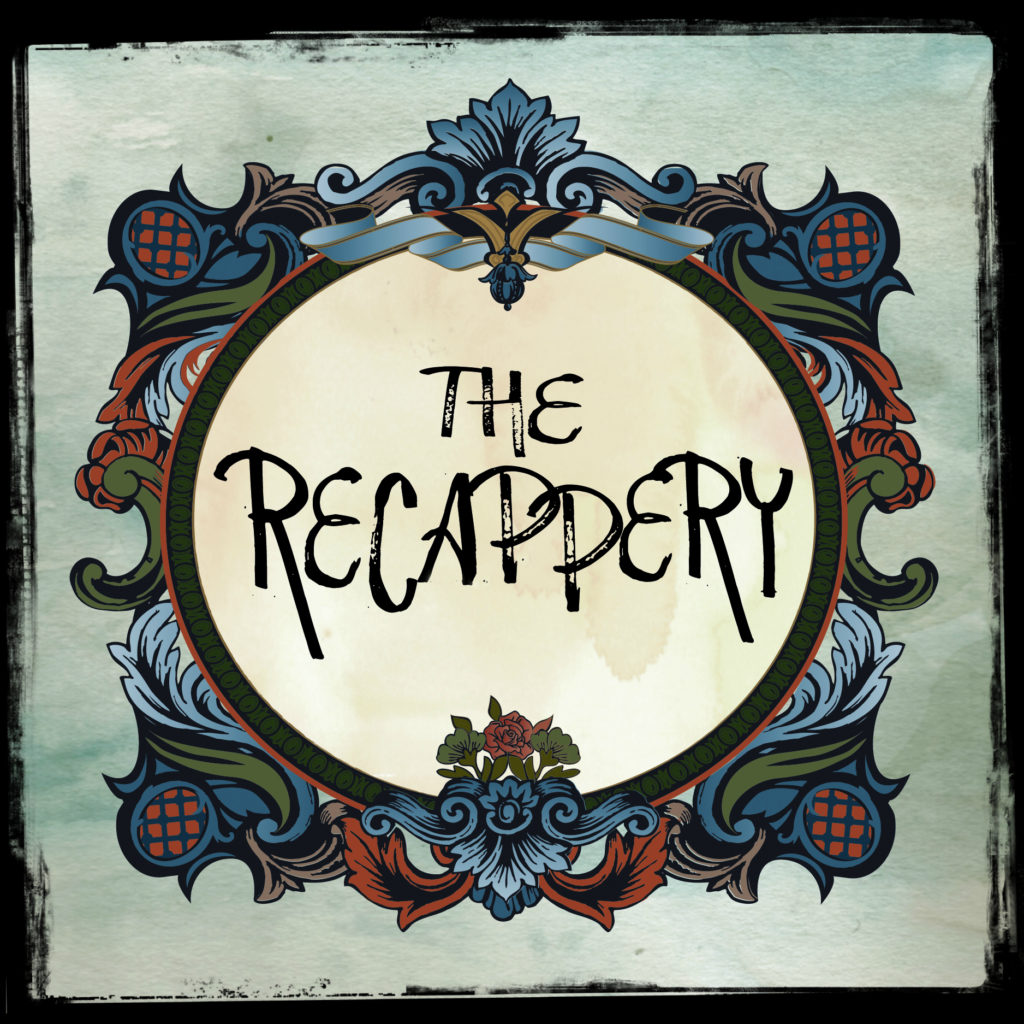Gabrielle Chanel wasn’t born into the type of wealth she would earn or life she would live; she created everything she had from her signature look, scents, fortune, reputation, and image–good or bad.
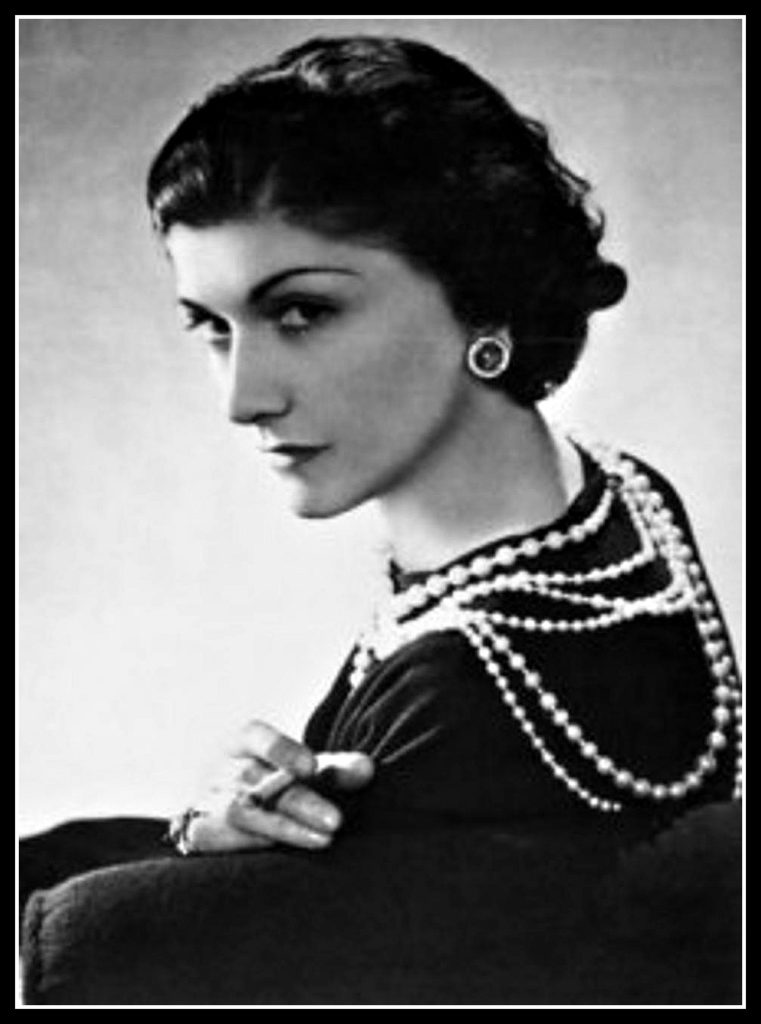
Gabrielle Chanel was born on August 19, 1883 in Saumur, France, the second of five living children of Jeanne Devolle and Albert Chanel. Teenage Jeanne and handsome, charming, n’er do well peddler Albert didn’t get married for real–although they pretended–until after child #3 (a boy, huh, how about that?) was born. They were painfully poor, Jeanne spent a lot of time tracking down Albert and the kids DIY’d a good chunk of their childhood. After 13 years and six pregnancies, the hard life drained Jeanne of her health and she died when Gabrielle was 11 years old.
Did Albert step up and raise his kids? You know he didn’t. He farmed the boys out (literally) and dropped the three girls at Aubazine Abbey in Correze, France, the largest girl’s orphanage in the region.

Aubazine Abbey…home sweet home for Gabrielle. (Except for the sweet part.) Courtesy Babsy
And then Albert disappeared into the night. Or day. Does it matter? He drove off and they never saw him again. The nuns did provide Gabrielle with a basic education (including teaching her French which you probably didn’t see coming, did you?) but most importantly they taught her to sew.
At 18 she was sent to a finishing school in a nearby town as a charity student, the first time in her life she experienced separation of Haves and Have Nots, and she was firmly a Have Not. But so was her Aunt Adrienne.
Adrienne was Papa Albert’s youngest sibling and only a year older than Gabrielle. The two would be lifelong friends, they left school together to become seamstresses, date military men and work their way onto the stage to sing at a bawdy proto-caberet in town. Gabrielle loved the stage even though her repertoire was only two songs: Kokoriko (the sound a rooster makes) and Qui qu’vu Coco. All the ‘coco’ing stuck, people started to call her Coco.
A life choice (yes, we explain it in the podcast as well as all the other details we’re glossing over here.) landed her a long term House-guest with Benefits position with playboy and horse breeder, wealthy Etienne Balsan. She couldn’t afford to dress like the society women and courtesans that were all around her…but she could steal Etienne’s clothes and sew them into feminine interpretations that flattered her slim, non-curvy figure and created her own unique style.
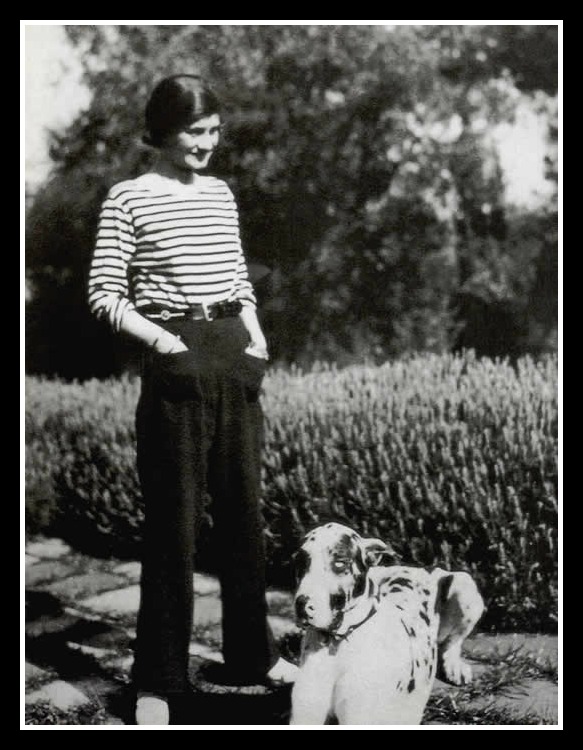
Coco in menswear
She began making simple and elegant hats first for herself, then for Etienne’s friends. Etienne let her use his Paris apartment to sell them from, and with the help of the love of her life, and friend of Etienne, Arthur “Boy” Capel, she opened her first shop in Paris selling those hats.

Coco was so famous she was recognizable in caricatures. (George Gourset, SEM via wikicommons)
Boy was Coco’s biggest cheerleader and financial backer. He encouraged her as she grew her business in Paris and a second shop in the seaside resort of Dauville, France. She designed a newfangled sportswear line, made to move with women, in soft fabrics with simple, yet elegant lines and touches of menswear, that quickly became extremely popular. When World War One broke out, Boy headed into war but she kept the store open (and made A LOT of money because of it.)
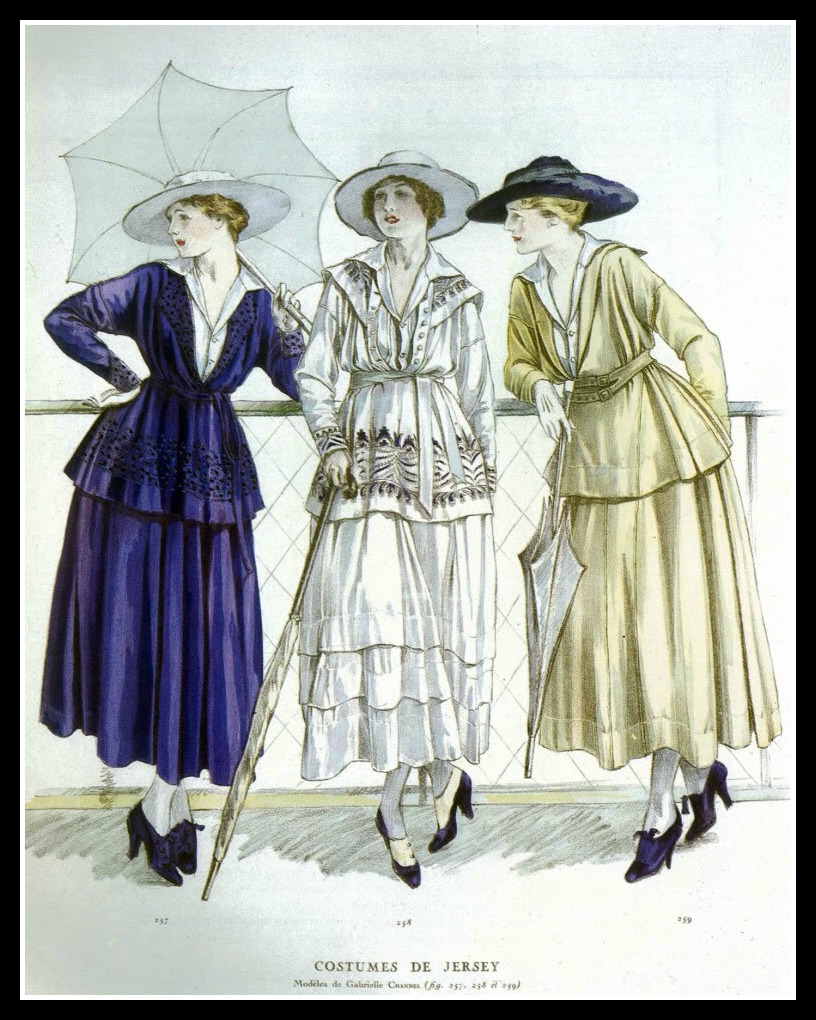
Coco’s famous new designs.
After the war, Boy broke Coco’s heart by marrying an aristocratic woman…then he died in a car crash in 1919.
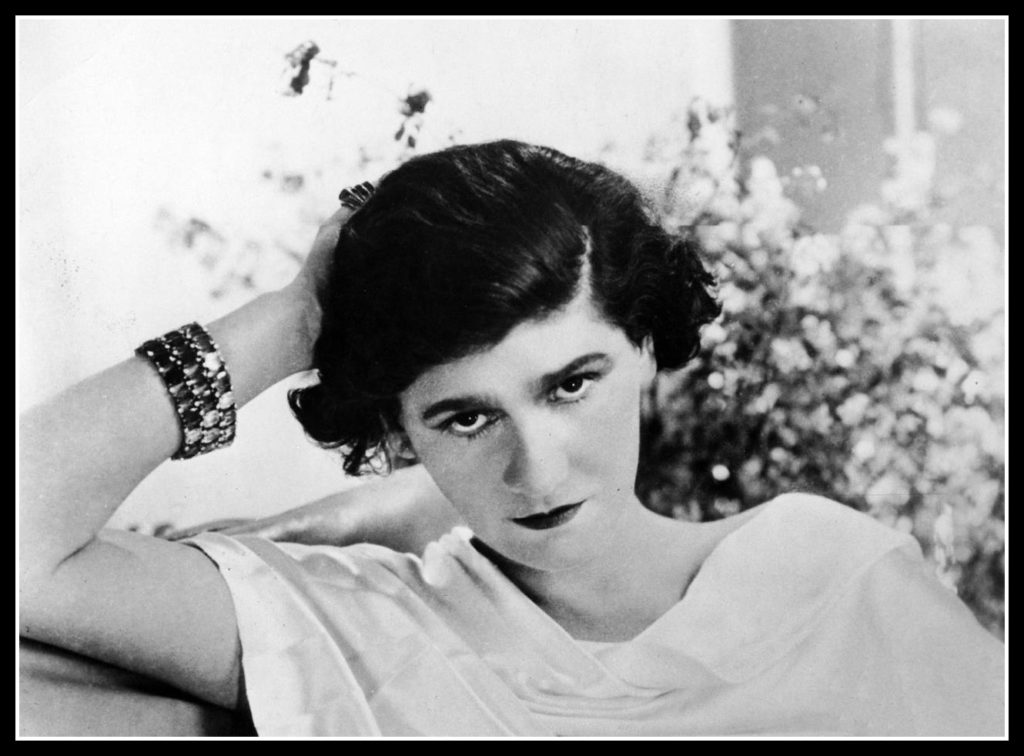
Coco shortly after Boy’s death circa 1920 ( wikicommons)
But Coco didn’t need a man and her professional life was about to take off. She kept innovating women’s fashion, opened another store and created an extraordinarily popular designer perfume. Not out of need, mind you, she had many other men in her life: a Russian Grand Duke, A French poet, a British Duke…it’s a long list. When World War Two broke out and the Germans were advancing toward France, 58-year-old Coco closed down everything (except her flagship store at 31 Rue Cambon where she sold perfume to the invading soldiers.)
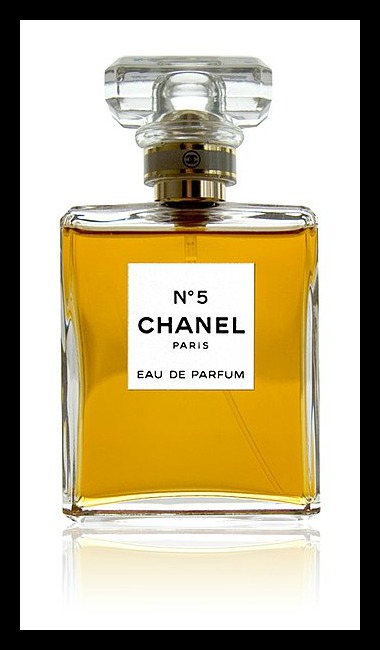
Maybe you’ve heard of it?
Here it is, the really bad part:During the war she had a love affair in Paris with a Nazi Spy and, by the end, she was on trial for being one herself (and 50 years later the world learned her Nazi spy-name and number.) She got out of Paris after she was cleared of the charges and lived in Switzerland for several years.
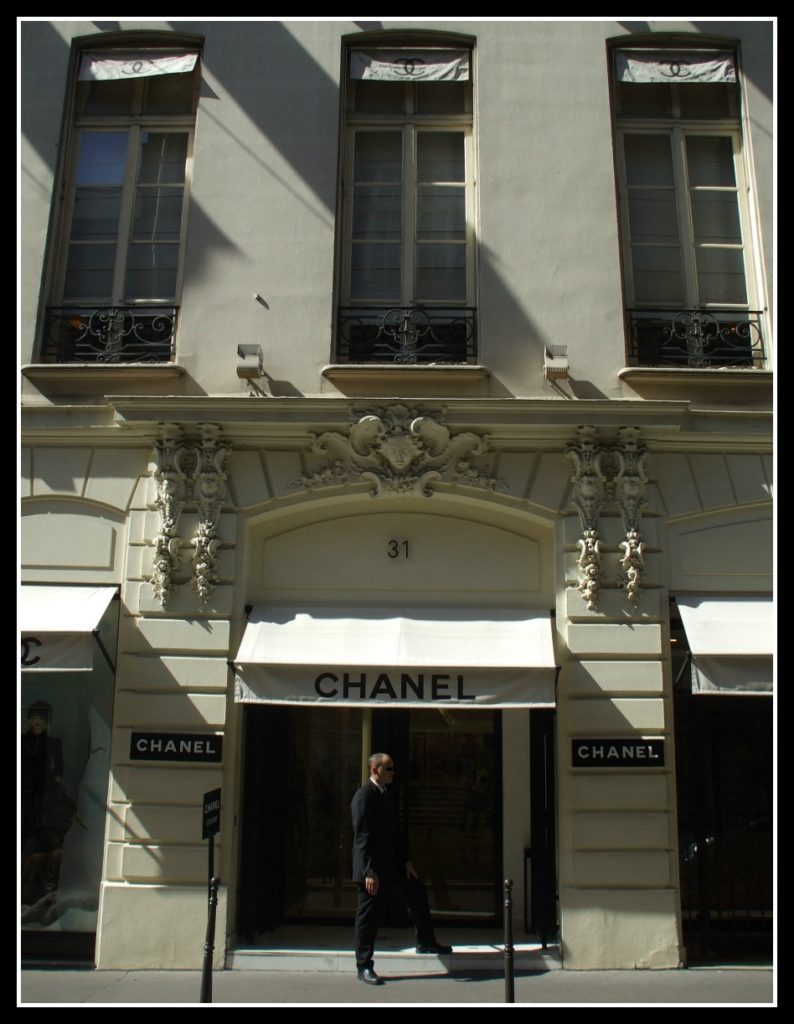
The only store that she kept open during WWII, and oh hey, it’s still open. (wikicommons)
In 1954, 15 years after she closed her business she debuted a comeback line…and it was a critical flop. Ouch. BUT her next line was more popular and she was back in vogue (and Vogue.) Her created her innovative styles that were worn by the most fashionable women in the world up until her death on January 10, 1971 at 87 years old.
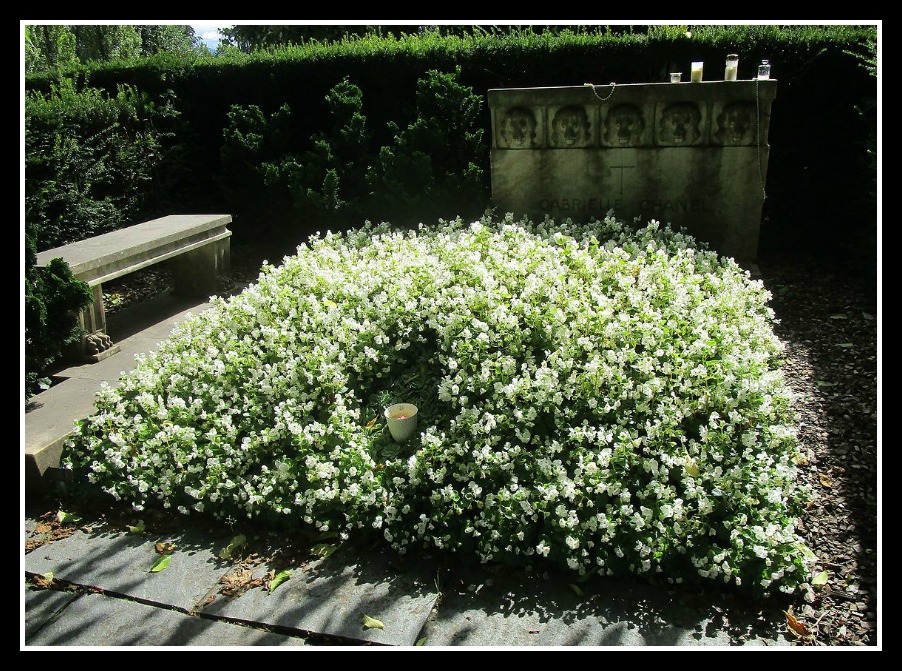
TIME TRAVEL WITH THE HISTORY CHICKS
Books!
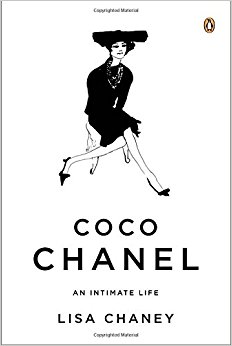
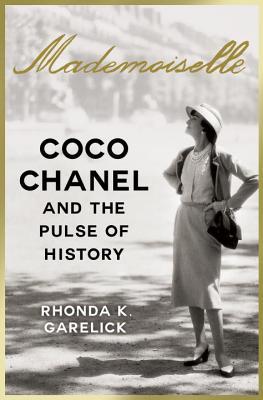
Rhonda K. Garelick
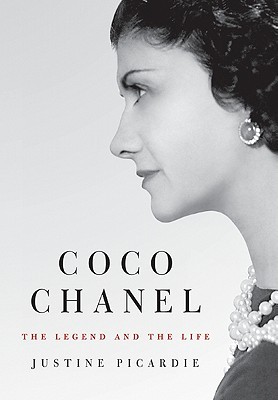
Justine Picardie
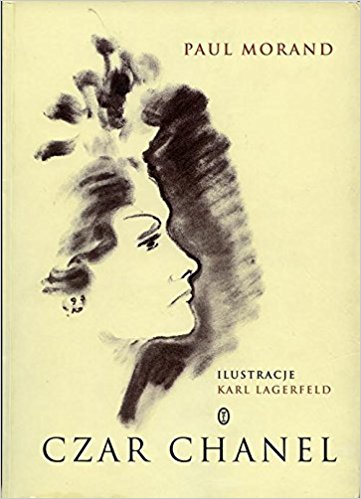
Autobiography is the very loosest of definitions by Paul Morand and illustrated by Karl Lagerfeld. How Coco would have liked you to see her life (which isn’t necessarily how her life really was.)
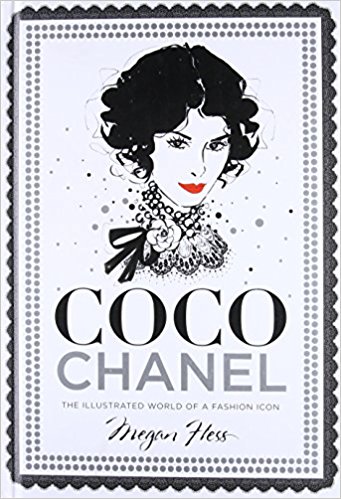
Middle grade/YA curious design, cute book by Megan Hess
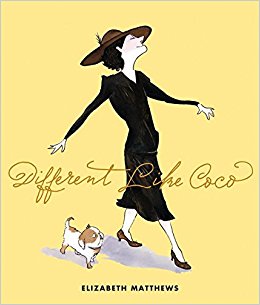
Kid’s book, Elizabeth Matthews
Websites and Online Articles!
Want to visit the Aubazine Abbey where Coco grew up? Try thismicheline guide to abbey, and the whole region has a lot of Coco’s history so you couldvisit vichy!
A nice history of the Little Black Dress with special appearances by some of our other podcast subjects! History of the LBD
Curious about how Coco’s press read from the time of her life? Here is a sample in the 1931 New Yorker article re:31 Rue Cambon
Was Coco a Nazi? Here is a rundown from Snopes.
Her creations were art and here is proof from the Metropolitan Museum of art!
VIDEOS and MOVIES!
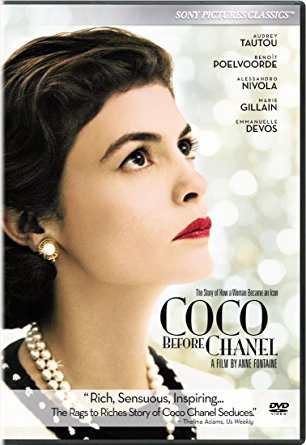
Oui!
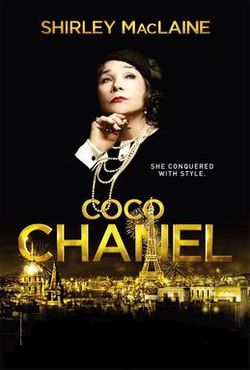
Non!
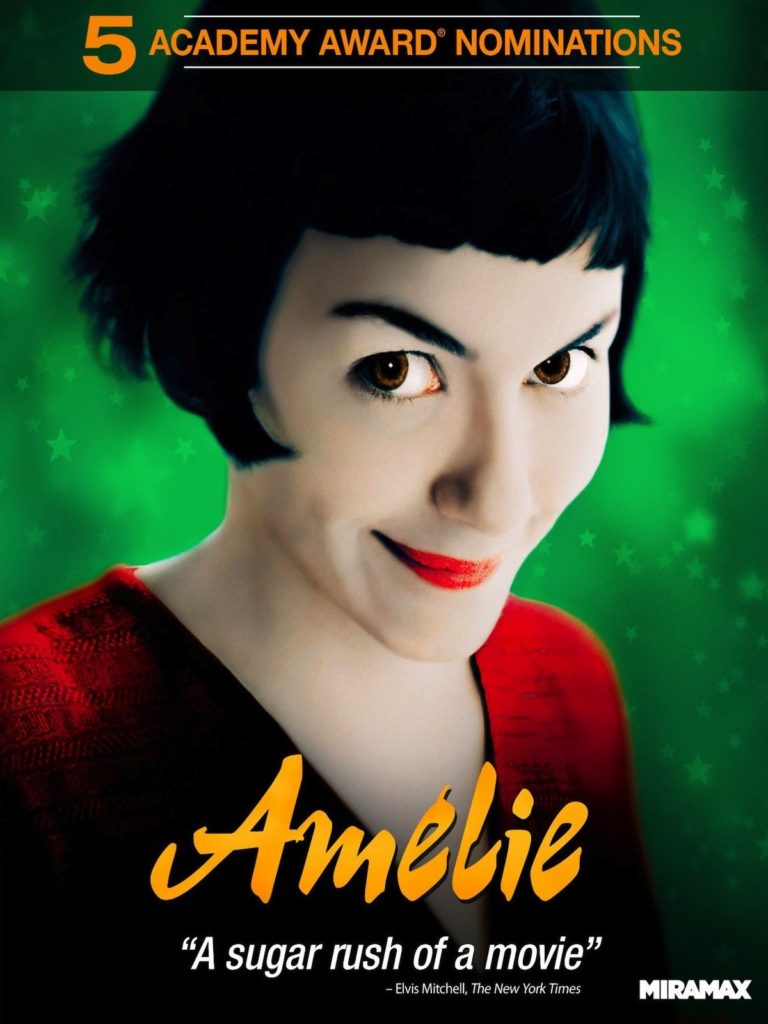
Beckett’s preferred use of the time you would have spent on one of those Coco movies
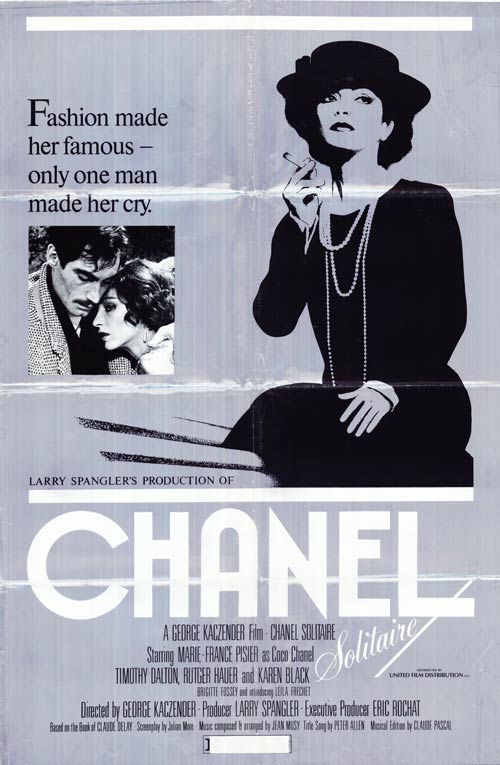
The antithesis of recommendations by Beckett: “Nope. Nope. Nopey. Nope.”
Martha Stewart visited Coco’s apartment over her boutique in Paris (of course she did. Martha gets all the cool gigs…Martha, Martha, Martha!) It’s on Martha’s website so we can’t embed it, but you can watch at this link…MARTHA Stewart visits Coco’s apartment.
Even if you don’t speak French, watching an interview with Coco toward the end of her life is still very fascinating!
Part un:
Part deux:
Why did Stravinsky’s “Rite of Spring” inspired rioting? Radiolab covers it in this episode, Sound as Touch.
The music that put Beckett’s son to sleep for years?

BIG, HUGE ANNOUNCEMENT! We’re launching a second podcast! The Recappery, our emporium of history-themed media recaps! We’re going to begin with The Crown, Season Two. Find us in your podcast app and subscribe! 